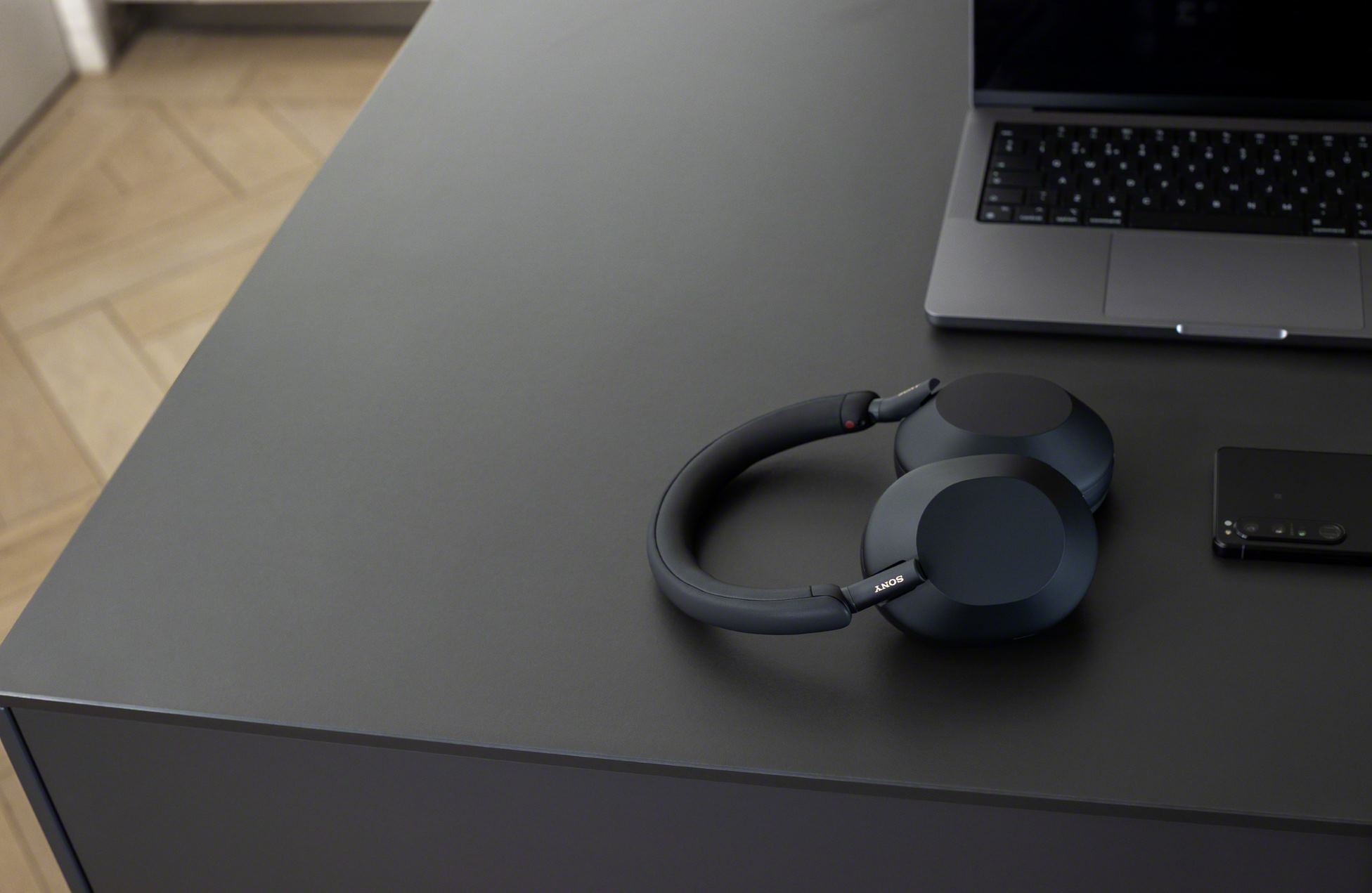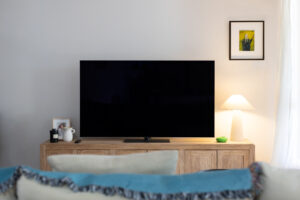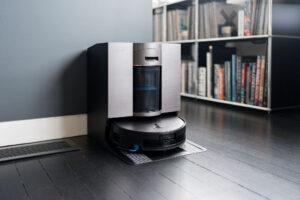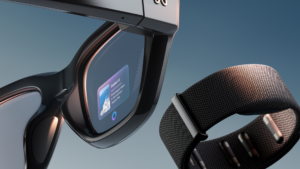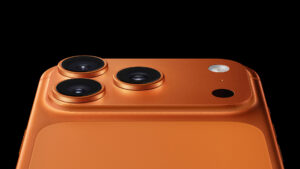Are the highly-touted new Sony over-ear headphones worth the high price? Read our full Sony WH-1000XM5 review to find out.
Ever since the Sony WH-1000XM3 was released in 2018, this specific line of wireless active noise-cancelling headphones has been sitting at the very top of the category. Very quickly the 1000X series became one of Sony’s signatures in modern technology and was pretty much positioned as the iPhone of the competitive over-ear headphone market. You know, the only ones that could command snaking queues around the world upon release – evidenced by strong demand for subsequent releases: 2020’s Sony WH-1000XM4 and this year’s Sony WH-1000XM5.
Why, though? Sennheiser and Bose noise-cancelling headphones have put up some fierce competition these past few years and Apple came out swinging hard with the $800 Apple AirPods Max in 2020. Not to mention impressive entries from the likes of Bowers & Wilkins, Bang & Olufsen and JBL. So what is it about the new Sony headphones that have inspired such feverish demand?
In the following Sony XM5 review, we’ll take a look at everything about these wireless headphones, from the audio quality and active noise cancellation to call quality, an adaptive sound control feature and multipoint which allows you to connect to two devices simultaneously.
RELATED: Sennheiser Momentum 4 Headphones Review
RELATED: The Best Gifts For Men, Period
Sony WH-1000XM5 Review – Table Of Contents
Design
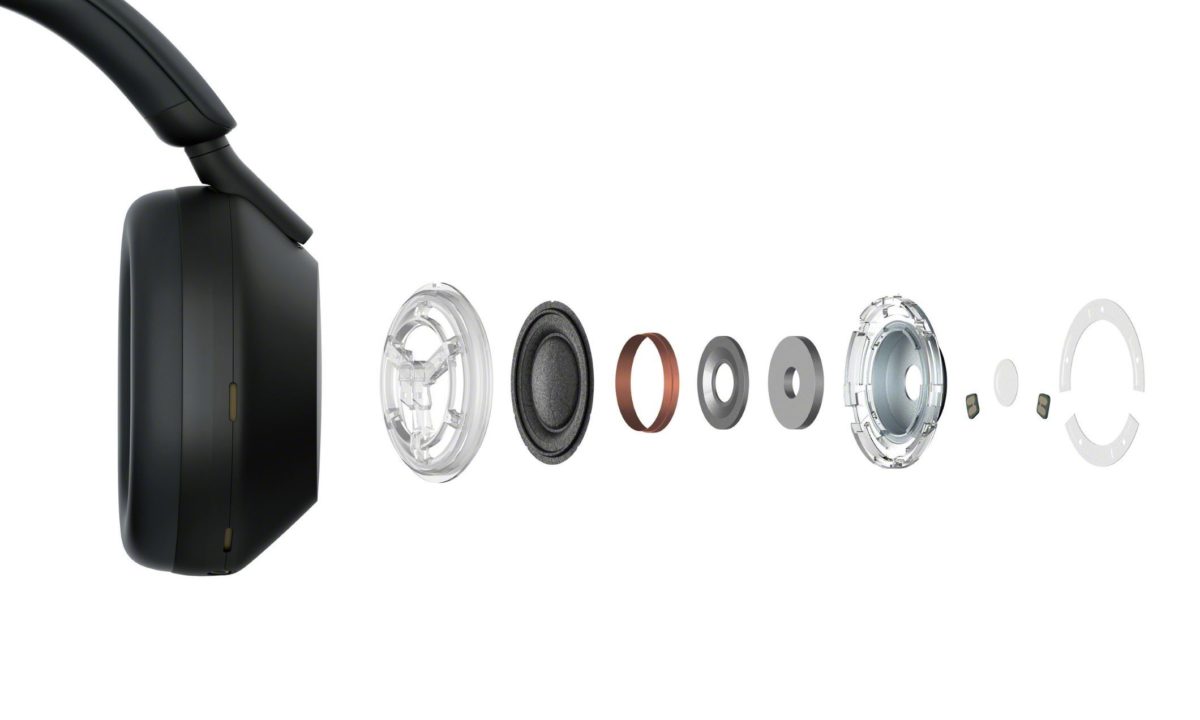
As far as aesthetics go, Sony has nailed the kind of seamless look that is perfectly aligned with the previous generation. And yet, designers have still found a way to refine the design language, improving upon the Sony XM4 by using lighter ABS plastic and sliders instead of metal for the headbands. The significance of this is conceived as “noiseless design,” which slides smoothly to adjust the ear cups without the audible squeak of more traditional hinges.
Memory foam has been used in the middle of the headband to retain comfort. The ANC headphones feel sufficiently padded with new synthetic leather that’s also been used for the padded earcups. When you’re wearing them, the headphones clamp down very lightly but still feel stable enough if you’ve adjusted both the right ear cup and the left ear cup properly. As far as comfort goes, Sony has done an exceptional job to bring these up to speed with Bose’s QuietComfort series.
Portability has taken a hit though. In getting rid of the hinges, Sony was unable to build these headphones so that they could fold up and fit into a smaller case like previous models. The bigger surface area means these take up more room if you’re just throwing the headphones into a backpack.
You’ve only got two physical buttons beneath the left cup – one for power and one to toggle noise cancelling and transparency mode, also known as ambient sound mode – next to a 3.5mm headphone jack. On the right cup, you’ve got the USB-C charging port. Nothing much has changed here in terms of function. These are still ridiculously easy to use, with a long press of the power button activating Bluetooth pairing with an instant audible voice so you know exactly what the headphones are doing at all times.
The rest of the controls rely on the smooth touch surface and are not just intuitive, but are some of the most well-conceived touch controls I’ve used on a headphone to date. Swipe forward on the right cup to skip a track; hold the upper portion of the cup to raise volume (without having to awkwardly swipe up several times) and double tap to pass and unpause. The simplicity is perfect.
Under the hood, Sony has switched out the 40mm driver of the WH-1000XM4 and uses a new 30mm carbon fibre composite dome which is lighter and complements the design without compromising performance.
Features

The most defining feature of the XM4 was something called ‘Speak-To-Chat,’ a rather efficient use of the headphone’s smarts to dull the music as soon as you speak – for example, to order a coffee – so you can have a conversation without needing to take the headphones off. When the mics detect no sound for a certain amount of time, the music comes back on or you can just hold the right cup to get right back to business.
Speak-To-Chat has been refined for the XM5 but in doing so, it seems Sony has made it even more sensitive and at times overzealous. You can toggle sensitivity via the app, but even on light mode, I’ve had a few instances where a mere cough would pause the music. Speak-to-chat also seems to turn itself back on even when I’ve switched it off in the app. It’s annoying.
Aside from that, the XM5 has a comprehensive feature set that’s actually useful. I’ve always admired Sony’s superiority when it comes to processing and it’s no different here. The new DSEE Extreme is efficient at upscaling compressed music to hi-resolution quality and as such, almost everything sounds incredibly true-to-source on Bluetooth. Sony’s proprietary LDAC technology is also used to great effect, allowing high-quality audio at bitrates that are much higher than what you’d usually get over Bluetooth, despite no support for aptX HD.
Motion sensing has also improved. You’ll notice a little bump in the right ear cup, which is designed to detect the moment the headphones are taken off to automatically pause them and resume just as fast when they are placed back onto the ears. This worked well with the XM4, but the sensor would often mess up and think the headphones being around your neck meant that you were wearing them; the music would keep playing. That’s pretty much fixed here but it’s not perfect. I’ve had a few moments where the music has kept playing even though the headphones weren’t on my head.
Many modern noise-cancelling headphones now allow for two simultaneous connections at once with seamless switching between each. The XM5 is no exception and I’ll go far as saying that this is the smoothest integration of multi-point to date. It all works reliably fast when say you’re switching between being connected to a smart TV and then needing to use mobile instead. Be aware that you’d need to turn this feature on via the app when you set the Sony WH-1000XM5 up.
Sound

Where I feel Bose and Sennheiser have a firmer grasp on the mids and highs, in general, Sony joins JBL when it comes to perfecting low-end frequencies. And yet, Sony has tightened the balance here to move further away from its love of nuanced bass and achieve a better overall sound signature. What you’d get here is immensely satisfying for all kinds of genres, with a great presence in the high end while still retaining that penchant for bass and sub-bass.
Reliable testing songs like Clipse’ ‘Grindin’ and Black Legend’s ‘You See The Trouble With Me’ reiterate just how deeply immersive the sound can be with an exceptional sense for detail and instrumentation. The clarity and open sound signature represent an improvement over the XM4 which at the time were considered the best over-ear Bluetooth headphones available.
The extra sense of clarity seems to be the main difference between the XM5 and XM4, validating the use of the new, lighter driver. A vocalist like Sam Cooke has plenty of warmth and intimacy in his music and requires a very open presentation in order to make songs like ‘Bring It On Home To Me’ sound as crisp as possible. The XM5 does a tremendous job here with great separation so you can hear each layer clearly as well as the vintage crackle that’s so essential to the song’s aesthetic.
Noise cancelling is solid and there’s enough nuance to make adjusting levels actually worth it. Four beamforming microphones are used in conjunction with AI to significantly up background noise reduction in real-time and it works efficiently enough to dial down wind noise as well, something the XM4 wasn’t so good at it. This helps dramatically with call quality, translating to better call clarity which is another thing Sony has never been strong at when compared with Sennheiser and Bose.
Battery

Now that the Sennheiser Momentum 4 headphones are widely available, Sony no longer has claim to some of the best battery life in the game. You’re getting 60 continuous hours of playback with the new Sennheiser headphones but only a maximum of 40 hours with the Sony XM5 (30 if you’ve got active noise cancelling enabled). Although they charge reliably fast. You’re looking at a ten-minute charge per five hours of playback, generally speaking.
The Sony XM5 battery life only represents about two hours longer than the XM4, which isn’t much of an improvement. I would imagine there’s a compromise in battery when it comes to chasing after such a lightweight design, so you’d have to make do with 30-40 hours.
That being said, you’d rarely need anything more. As long as you’re willing to plug in the USB-C charger every two or so days it’s unlikely you’ll ever run into an issue with battery life.
Verdict & Value

The Sony WH-1000XM5 comes with a price tag of $499 which is down from the launch price of $649. The price has dropped quite a bit since they were released on May 20, 2022. But look around and you might find them for up to $10 cheaper or you could hold off for a few months and see how it’s looking in 2023.
Either way, the Sony XM5 isn’t a light investment. Still, they are now less expensive than the Sennheiser Momentum 4, which currently retails for $549 in Australia.
Is $500 too high a price for the XM5? That’s on you and what you can afford, of course, but for what’s on offer here – exceptional sound quality, seamless features and a stylish, very comfortable design, you’re also paying for the best headphones out right now. If you prefer a more neutral sound, then you might want to look at the Sennheisers, but for anyone who favours a bit more thump and a lot more immersion then these are as good as you can get in 2022.
Sony WH-1000XM5 Review – Frequently Asked Questions
How much does the Sony WH-1000XM5 cost in Australia?
As of November 2022, the Sony WH-1000XM5 headphones retail for $499 in Australia.
Is the Sony WH-1000XM5 worth it?
If you want the best headphones that are also quite stylish, then yes. The Sony WH-1000XM5 is well worth the purchase.
How does the Sony WH-1000XM5 sound?
The Sony WH-1000XM5 headphones have a clear love of low frequencies, with a solid bass response that’s balanced well with very bright, present mids and expressive highs.
